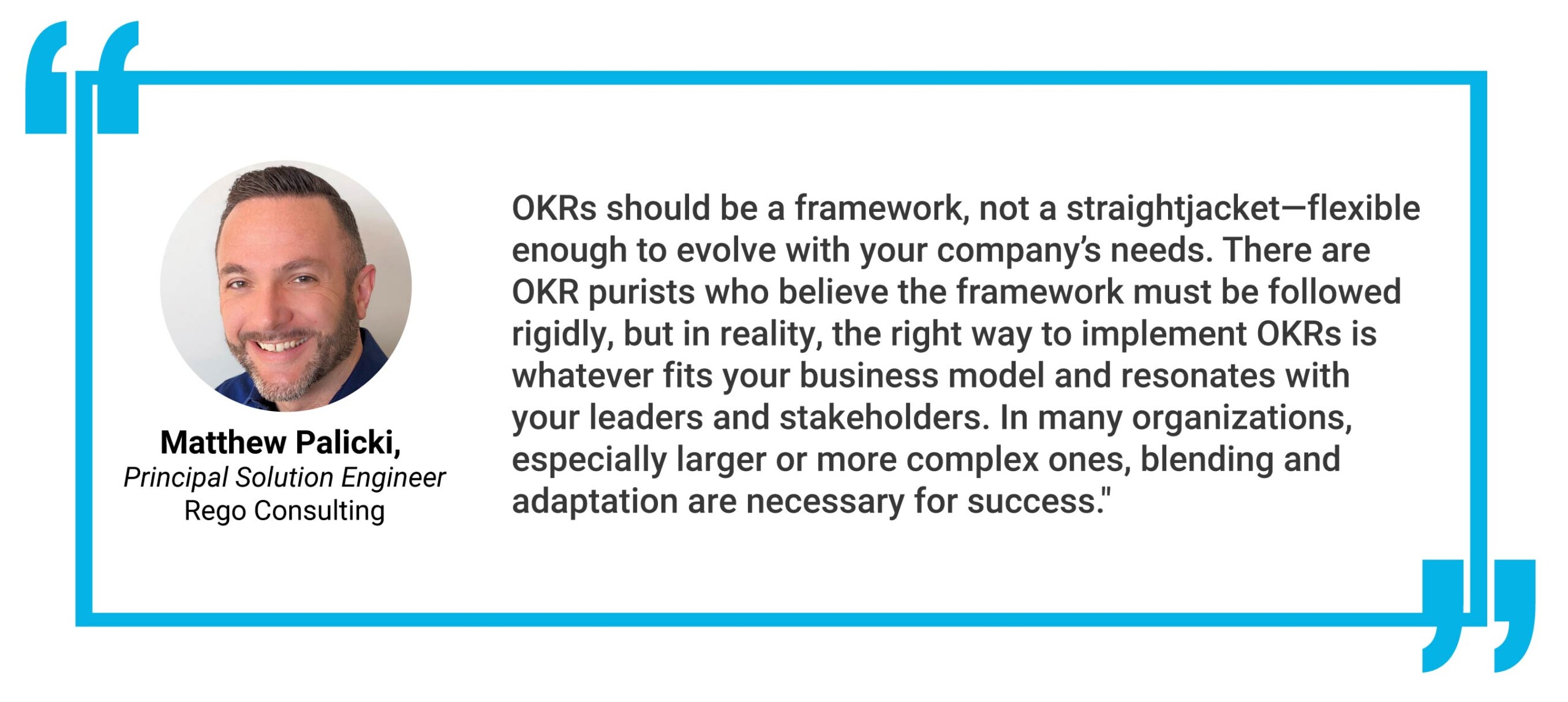by Clarity by Rego
Share
- How to Apply OKRs in Project Management: A Comprehensive Guide
- How to Apply OKRs in Project Management: A Comprehensive Guide
- Understanding OKRs: Turning Goals into Action
- Why OKRs Work for Project Management
- The Benefits of Using OKRs in Project Management
- Integrating OKRs into Project Management Frameworks
- Seamlessly Integrating OKRs into Project Teams
- Integrating OKRs into Daily Project Workflows
- How to Set Meaningful OKRs for Projects
- Crafting Strong Objectives & Key Results
- Maintaining Momentum & Accountability
- Finding the Right Balance
- Conclusion: Elevating Project Management with OKRs and Clarity
- Get Notified of Updates.

How to Apply OKRs in Project Management: A Comprehensive Guide

Project success starts with clear goals and a focused strategy. OKRs (Objectives and Key Results) give project managers a proven framework to turn big ideas into real results, ensuring every effort drives measurable impact.
OKRs break down ambitious objectives into specific, measurable results. This approach helps project teams:
The magic of OKRs lies in their ability to connect daily project activities with broader organizational goals. When a project team understands how their work impacts company-wide objectives, they become more engaged and purposeful in their tasks.
Let’s explore how you can harness OKRs to transform your project management approach and deliver exceptional results.
Understanding OKRs: Turning Goals into Action
OKRs provide a clear, structured approach to turning ambitious goals into measurable success. This framework breaks down objectives into specific, trackable outcomes, ensuring that teams stay focused, aligned, and motivated.
Why OKRs Work for Project Management
OKRs stand out because they provide a structured, flexible, and results-driven approach. Here’s why project managers rely on them:
At their core, OKRs bridge the gap between daily tasks and larger business objectives. By making goals measurable, transparent, and adaptable, they empower project managers to drive focused, results-oriented progress.
The Benefits of Using OKRs in Project Management
OKRs bring substantial advantages to project management practices by creating a structured approach to goal setting and achievement. Here’s how OKRs transform project execution:
1. Enhanced Productivity Through Clear Direction
Clear objectives give teams laser-sharp focus, eliminating guesswork and wasted time. When priorities are well-defined, teams instinctively know what to tackle next, making resource allocation more efficient. With a clear roadmap, effort is directed toward high-impact tasks, minimizing distractions and preventing scope creep. The result? A more productive, aligned, and goal-driven team that moves forward with confidence.
2. Strategic Alignment Across Organization Levels
When project goals align with company-wide objectives, teams gain a stronger sense of purpose. Employees clearly see how their work contributes to broader success, fostering motivation and accountability. Cross-functional collaboration improves as departments work toward shared outcomes, breaking down silos and enhancing efficiency. With clear alignment between project and strategic goals, decision-making becomes faster and more effective, keeping teams focused and driving meaningful progress.
3. Accountability and Performance Tracking
Regular check-ins create built-in accountability, keeping teams aligned and proactive. With measurable key results, progress tracking becomes clear and quantifiable, ensuring everyone knows where they stand. Potential roadblocks can be spotted and addressed early, preventing delays and inefficiencies. From the start, success metrics are well-defined, giving teams a clear target to work toward and a roadmap for achieving it.
4. Continuous Improvement Culture
Regular OKR reviews keep teams agile, fostering a culture of continuous improvement. Instead of setbacks, missed objectives become valuable learning opportunities, helping teams refine their approach. Over time, goal-setting skills improve through practice, making teams more strategic and effective. With data-driven insights guiding the process, future project planning becomes sharper, more informed, and better aligned with long-term success.
5. Team Engagement and Motivation
Clear objectives give teams a strong sense of purpose, ensuring everyone knows their impact. Visible progress tracking keeps momentum high, while shared goals strengthen collaboration and alignment. As teams tackle and achieve ambitious objectives, their confidence grows, fueling even greater performance and innovation.
The structured nature of OKRs creates a framework where teams can excel while maintaining alignment with organizational goals. This balance between autonomy and alignment empowers project teams to deliver results that matter to the business.
Integrating OKRs into Project Management Frameworks
Bridging the gap between high-level organizational goals and daily project execution requires a structured approach to OKR integration. Here’s how to create a seamless connection between company objectives and project-level activities:
Cascading OKRs Through Organization Levels
Seamlessly Integrating OKRs into Project Teams
Integrating OKRs into project management starts with understanding your current workflows. Begin by mapping out existing processes—documenting project steps, identifying key decision points, and listing tracking methods already in use. This baseline assessment helps teams see where OKRs can enhance clarity, efficiency, and accountability.

With a clear picture of existing workflows, the next step is aligning OKRs with project phases. Objectives should connect directly to milestones, ensuring that key results tie into deliverables in a meaningful way. Setting clear measurement criteria at this stage helps track progress effectively, keeping the team focused on what truly drives success.
A well-structured implementation plan is crucial for making OKRs work. This includes designing a progress tracking system, establishing regular check-ins, and defining reporting formats that keep teams informed and accountable. Consistency in tracking ensures that goals remain front and center throughout the project lifecycle.
Finally, strong communication channels make OKRs more than just a framework—they become a way of working. Setting up team collaboration platforms, creating open feedback loops, and scheduling status updates help keep everyone aligned. By fostering transparency and real-time discussions, teams can adapt, problem-solve, and stay engaged in driving project success.
Integrating OKRs into Daily Project Workflows

For OKRs to drive real impact, they must be more than just a quarterly goal-setting exercise—they should be embedded into daily workflows and project management routines. By making OKRs a natural part of team discussions, planning sessions, and tracking systems, project teams can maintain clear visibility, alignment, and momentum.
One of the most effective ways to keep teams engaged with their OKRs is by incorporating them into daily standups. By regularly discussing key results, team members stay focused on what truly matters and can quickly identify any blockers preventing progress. This real-time accountability helps maintain momentum and motivation while ensuring that objectives don’t get lost in the day-to-day workload.
Incorporating OKR progress into sprint planning further strengthens alignment. By evaluating progress at the start of each sprint, teams can adjust priorities and allocate resources accordingly. This ensures that each sprint directly contributes to key results, helping teams stay on track with broader strategic goals.
How to Set Meaningful OKRs for Projects
Creating effective OKRs at the project level requires a strategic, outcome-driven approach that aligns with project deliverables. The key is to keep objectives simple, memorable, and focused on results, not just a list of tasks. Limiting them to 3-5 per project ensures clarity and focus.
Crafting Strong Objectives & Key Results
Each objective should have 2-4 measurable key results that are time-bound and tied to specific metrics. A balance of leading and lagging indicators helps track both progress and final outcomes.
Example:
Maintaining Momentum & Accountability
OKRs only work if they stay top of mind. Regular check-ins keep teams aligned:
Tracking progress using a 0-1.0 scoring system, documenting learnings, and keeping stakeholders informed ensures transparency and accountability.
Finding the Right Balance
The key to success is balancing ambition with achievability. OKRs should push teams beyond their comfort zone but remain realistic and attainable. Regular progress reviews help teams stay on course while allowing for timely course corrections when needed.
By embedding OKRs into project management, teams stay focused, aligned, and driven to achieve meaningful results.
Conclusion: Elevating Project Management with OKRs and Clarity
OKRs provide a structured yet flexible approach to project management, transforming abstract goals into measurable, actionable outcomes. By aligning project objectives with company-wide goals, teams gain clear direction, stronger collaboration, and a heightened sense of purpose.
The power of OKRs lies in their ability to track progress, maintain focus, and drive accountability. Regular check-ins ensure that teams stay on course, while measurable key results offer valuable insights for continuous improvement. With a well-integrated OKR framework, organizations can enhance productivity, optimize resource allocation, and create a culture of innovation and success.
For project managers, adopting OKRs isn’t just about hitting targets—it’s about building a system that encourages adaptability, engagement, and long-term impact. By leveraging OKRs and Clarity PPM, teams can turn ambitious objectives into real, meaningful results all while staying agile.

STAY IN THE LOOP
Get Notified of Updates.
Stay ahead of the curve by subscribing to our newsletter. Get the latest insights, strategies, and tools delivered straight to your inbox, and empower your business to achieve more.

